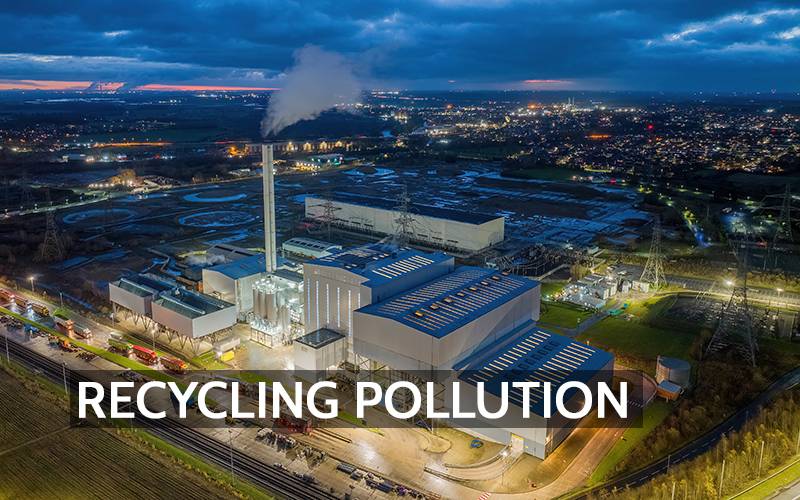Carbon capture and storage (CCS) or carbon capture, utilization, and storage (CCUS) is a process that prevents CO₂ emissions from reaching the atmosphere by capturing CO₂ produced from industrial and power generation activities. It then stores the CO₂ underground in geological formations or, in some cases, reuses it in other industrial processes.
Purpose of Carbon Capture
The primary goal of CCS is to reduce the amount of CO₂ released into the atmosphere, to alleviate one of the largest sources of greenhouse gas emissions onthe planet. By isolating CO₂ emissions at their source, CCS can play a role in achieving international climate targets by mitigating emissions from industries that are difficult to decarbonize, such as steel and cement production.
Key Players in Carbon Capture
A variety of entities are involved in developing CCS technology:
- Energy Companies: Major oil and gas corporations, like ExxonMobil and Shell, invest heavily in CCS to manage emissions associated with fossil fuels and explore enhanced oil recovery (EOR).
- Tech Innovators: Companies such as Carbon Clean and Global Thermostat provide specialized CCS technology to capture emissions cost-effectively.
- Government Programs: Countries like the United States, Canada, and Norway support CCS through grants, tax credits, and infrastructure investments aimed at creating “carbon capture hubs.”
How Carbon Capture Works
The CCS process generally follows three steps:
- Capture: CO₂ is separated from other gases using chemical or physical methods.
- Transport: The captured CO₂ is compressed and transported through pipelines, ships, or trucks to storage locations.
- Storage or Utilization: The CO₂ is injected into deep geological formations or reused in processes like creating building materials.
Goals and Implications of Carbon Capture
Goals
- Emissions Reduction: CCS aims to reduce CO₂ emissions from high-polluting industries and power plants.
- Carbon-Neutral Products: Through CCUS, captured CO₂ can be repurposed in manufacturing to reduce reliance on new fossil fuel emissions.
- Supporting Energy Transition: CCS may allow for a phased transition away from fossil fuels, particularly for sectors that lack viable renewable alternatives.
Implications
- Environmental and Health Risks: There are concerns about CO₂ leakage from storage sites, which can potentially contaminate groundwater or even cause localized health risks if large amounts escape.
- High Costs: CCS remains an expensive technology, requiring substantial capital for capture infrastructure, transport pipelines, and long-term monitoring, potentially making it less competitive compared to renewable energy investments.
- Energy Intensity: The energy required for the capture and storage process can increase overall emissions if the facility isn’t run on renewable energy sources.
Potential Pitfalls of Carbon Capture Technology
Economic Viability
The implementation costs of CCS are high, and without government support or tax credits, many projects struggle to be financially feasible. Additionally, the energy penalty of CCS means it can increase operational costs, impacting its widespread adoption.
Environmental Risks
Leakage is a primary concern with CO₂ storage. For storage to be effective, sites must be geologically stable and located at sufficient depths to prevent migration of CO₂ back to the surface. Additionally, CCS plants require large volumes of water, which can strain local water resources.
Dependency on Fossil Fuels
Critics argue that CCS may serve to prolong the use of fossil fuels by making emissions from these sources less visible. This perception risks diverting resources from cleaner renewable technologies, which could have more significant long-term environmental benefits.
Conclusion: Carbon Capture as One Tool in Climate Mitigation
Carbon capture technology offers a promising yet complex solution to reduce industrial CO₂ emissions. While it can address emissions from specific high-polluting sectors, it is not a standalone solution. CCS complements renewable energy and energy efficiency initiatives, collectively working toward the global climate goals set in agreements like the Paris Accord. By combining CCS with a suite of other clean energy technologies, we can more effectively mitigate the impacts of climate change.


